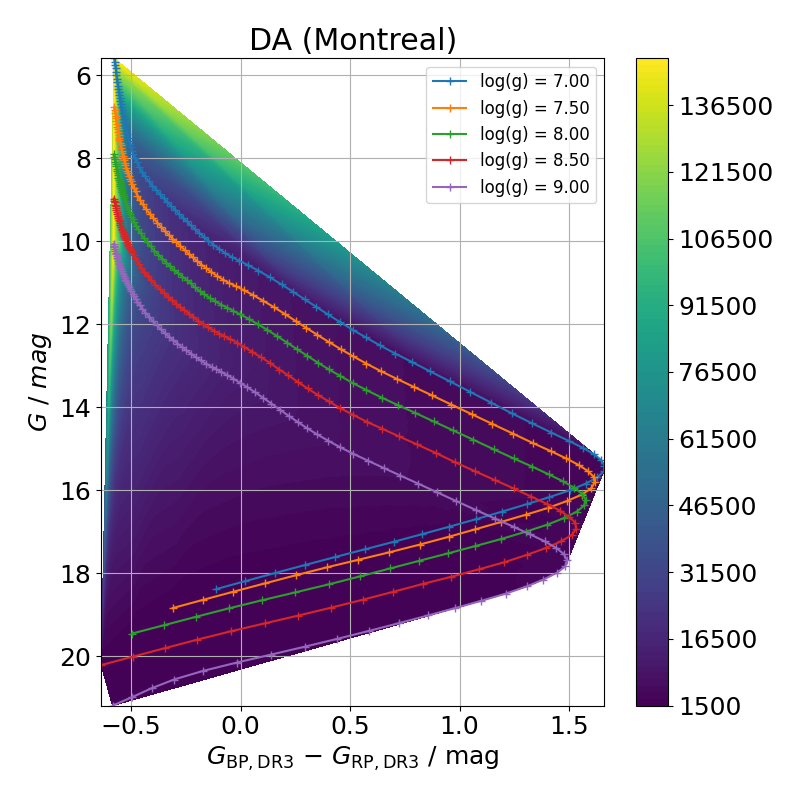The White Dwarf Luminosity Function from SDSS Imaging Data
A sample of white dwarfs is selected from SDSS DR3 imaging data using their reduced proper motions, based on improved proper motions from SDSS plus USNO-B combined data. Numerous SDSS and followup spectra (Kilic et al. 2005) are used to quantify completeness and contamination of the sample; kinematic models are used to understand and correct for velocity-dependent selection biases. A luminosity function is constructed covering the range 7 < M_bol < 16, and its sensitivity to various assumptions and selection limits is discussed. The white dwarf luminosity function based on 6000 stars is remarkably smooth, and rises nearly monotonically to M_bol = 15.3. It then drops abruptly, although the small number of low-luminosity stars in the sample and their unknown atmospheric composition prevent quantitative conclusions about this decline. Stars are identified that may have high tangential velocities, and a preliminary luminosity function is constructed for them.
PDF Abstract